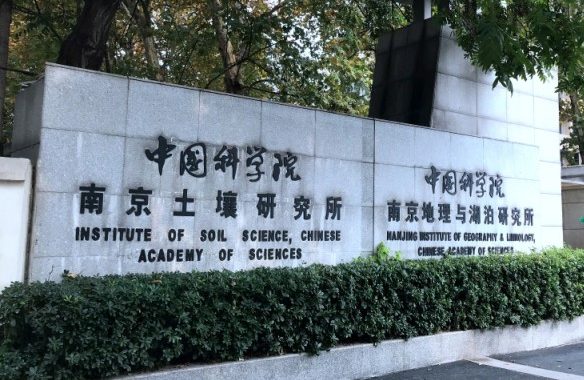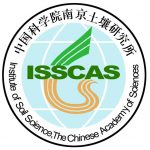The East Asia Regional Engagement Partner (EAREP) was set up in the Institute of Soil Science, Chinese Academy of Sciences (ISSAS) in May, 2020, aiming to promote FEC(formerly LOICZ)communication and cooperation for the scientists and governors in China and in the East Asia region (including China, Russia, Japan and Korea).
ISSAS was founded in 1953, as a successor to the former Soil Division of the National Geological Survey of China, which was established in 1930. ISSAS aims to solve the vital problems on agricultural development, ecological conservation and environmental protection, and to promote the development of soil sciences. During these years, to build itself into a world-class research center of soil science and make major contributions to the academic progress and national growth of China, the ISSAS strives to push the strategic planning of “One Three Five” and “Four First” action plan. In 2018, the ISSAS accomplished the overall goal of “Feature Institutes” with outstanding achievements.
ISSAS is home to the State Key Laboratory of Soil and Sustainable Agriculture, the CAS Key Laboratory of Soil Environment and Pollution Remediation, the National Engineering Laboratory of Soil Nutrients Management and the National Engineering Laboratory of Soil Pollution Control and Remediation Technologies. It also runs several field stations, including the Key Laboratory of Arable Land Conservation, Ministry of Agriculture and Rural Affairs, National Agro-Ecosystem Observation and Research Station in Fengqiu, National Agro-Ecosystem Observation and Research Station in Yingtan, National Agro-Ecosystem Observation and Research Station in Changshu, and Ecological Experimental Station of the Three Gorges Project in Zigui, Chinese Academy of Sciences.
Recently, ISSAS engaged in research on coastal soil classification system, coastal economic and social development, coastal delta soil biogeochemistry and risk assessment, coastal blue carbon, coastal soil pollution and remediation, the key soil belts, emerging pollutants (such as microplastics, antibiotics and antibiotic resistance genes), the occurrence and evolution of soil salinization, soil salinization prevention and control, saline-alkali barrier reduction, saline soil resource utilization, soil greenhouse gas emissions and climate change, etc.


